30.12.2022
21th issue of the journal "KB"



SECTION ROLLING PRODUCTION
COMPARATIVE EVALUATION OF THE EFFICIENCY PRODUCTION OF REINFORCING BARS OF DIFFERENT PERIODIC PROFILE TYPES
I.V. Kopylov, K.V. Morozov
Abstract. The article considers the efficiency of production of reinforcing bars of various periodic profile types according to the criterion of wear resistance of rolls.
Keywords: reinforcing bar, rolling roll, groove, deformation zone.
Keywords: reinforcing bar, rolling roll, groove, deformation zone.
PRODUCTION OF HEAT-THREATMENT RAILS BY DIFFERENT METHODS
S.S. Puzyrev, V.Yu. Rubtsov, I.S. Novozhilov
Abstract. Review achievements in development of heat-strengthened rails production is presented. Attention is focused on ways to achieve required properties for differentially heat treatment rails. Comparative characteristic of various heat treatment rails methods at various rail and beam mills in world practice is shown.
Keywords: heat treatment rail, bulk quenching, differentiated quenching, rail and beam mills, cooling medium.
Keywords: heat treatment rail, bulk quenching, differentiated quenching, rail and beam mills, cooling medium.
SPECIAL SECTION ROLLING PRODUCTION
SPECIFIC FEATURES OF CALIBRATION OF BALL ROLLS WITH SUPERWINDING SCREW CALIBRE. MESSAGE 2
R.E. Shakhobutdinov, T.D. Xojibekov, T.N. Nosirov, D.K. Khurramov
Abstract. The article presents the results of calculations for the calibration of ball rolling rolls with three-start screw calibres with a displaced center of the streams for rolling steel grinding balls with a diameter of 50 mm according to GOST 7524-2015. Key words: grinding balls, screw calibre, ball-rolling roll, flange, cam copier, MathCAD 15.
DEVELOPING GRINDING BALLS FROM CASTING BLUM INSTEAD OF CONTICAST BILLET
V.Yu. Rubtsov, K.O. Erjomin, I.E. Lanovenko, O.I. Shevchenko
Abstract. In this paper, experience of mastering grinding balls from billet obtained in conditions of a shaped-casting shop, instead of a continuously cast billet, is presented in order to reduce costs and time for development of new steel grades. The experiment was carried out on alloyed steel grade Sh-11, with the production of ingot with cross section of 300´380 mm - identical to continuously cast billet, and then rolling it into a round billet and balls with a diameter of 120 mm. Further experiments in development of new steel grades under conditions of shaped-casting shop are expedient when improving methods and modes of casting billets, and bringing them closer in parameters terms to continuous casting machine.
Keywords: shaped-casting shop, continuously cast billet, grinding ball, casting, billet cross section, defects, flocks.
Keywords: shaped-casting shop, continuously cast billet, grinding ball, casting, billet cross section, defects, flocks.
